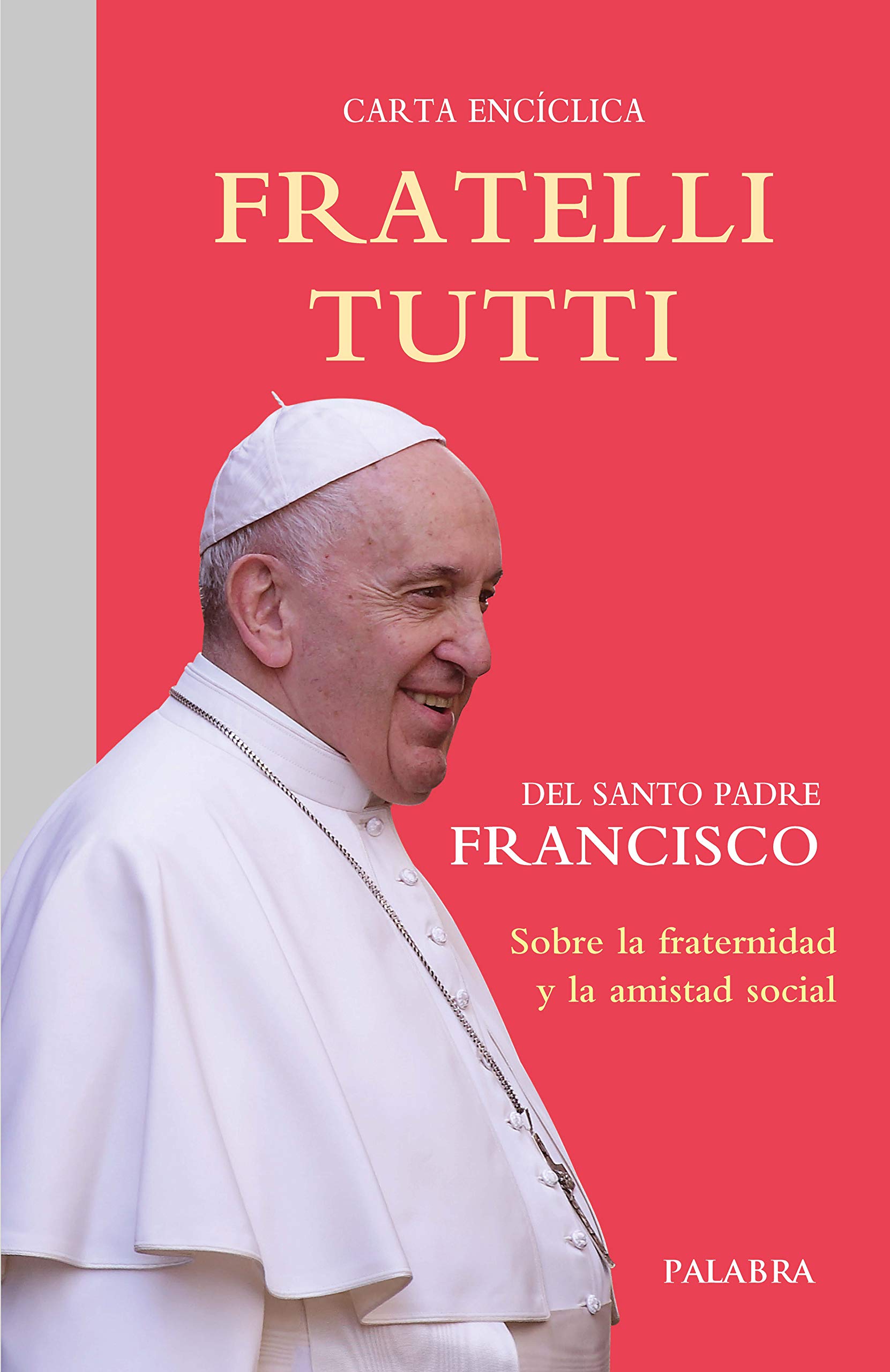Lesson 13: Preparing for the Pope’s Trip– Church & State
>Francis’ trip reminds us how much the papacy is involved in church-state relationships. He will be addressing the U.S. congress as well as the United Nations Assembly. He, undoubtedly, will be accompanied by the Vatican ambassador to the U.S. Government.
A great deal of the Pope’s power developed after Constantine legitimatized the Church in the fourth century. As Bishop of Rome, the Pope had the ear of the emperor. He could be the voice of whole church in official matters.
This political role worked itself out in various ways. The emperor soon abandoned Rome for Constantinople. This left the Pope as one of the most powerful people around. This meant people asked him to bring some order to the chaos that came with the barbarian invasions. At times, he was the authority figure who spoke and dealt with the pagan chiefs.
In this role, Leo III crowned Charlemagne as emperor in 800. This established a tradition but also raised questions about what this meant about the church’s power over political leaders. Many remember history lessons about the Investiture Controversy that culminated in 1073 when Pope Gregory VII seemed to force Emperor Henry IV to acknowledge his supremacy.
Indeed, between 867 and 1049 the popes were more political than spiritual authorities. They raised and used armies to wield their will. They engaged in all sorts of scandalous activity, using their wealth to do as they pleased.
Things reached a low point when the papacy was moved from Rome to Avignon between 1309 and 1378. During that period, the King of France controlled the Pope. Some would claim it reached a high point when Pius IX in 1870 declared himself infallible in matters of morals and belief. However, that is a bit deceiving, because it occurs in the context of losing political power. It was the same year that Victor Emmanuel took Rome, unified Italy, and wrested all political power for the pope. Italy restored a bit of that past when the Lateran Treaty of 1929 established the Vatican within the city limits of Rome as the smallest kingdom of the world.
Until Francis, the former political power was evident in the regal garb and ceremonies that took place in Vatican City. Popes were carried from place to place on thrones. Those before them were expected to kiss their rings. Outsiders could not help but think they yearned to return to those former days of glory.
Francis has, of course, changed all that with his humility. His choice of dress and residence indicates no desire to be regarded as a monarch.


 Frontline Study is an online discussion of the scriptures, inviting you to share your comments and your reflections on each weekly topic. Simply click on the "Add Reply" text at the top of each post to see what others have posted and to add your thoughts.
Frontline Study is an online discussion of the scriptures, inviting you to share your comments and your reflections on each weekly topic. Simply click on the "Add Reply" text at the top of each post to see what others have posted and to add your thoughts.
Recent Comments